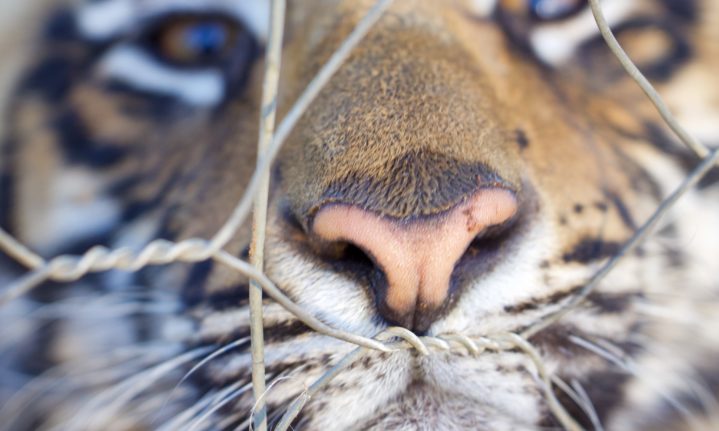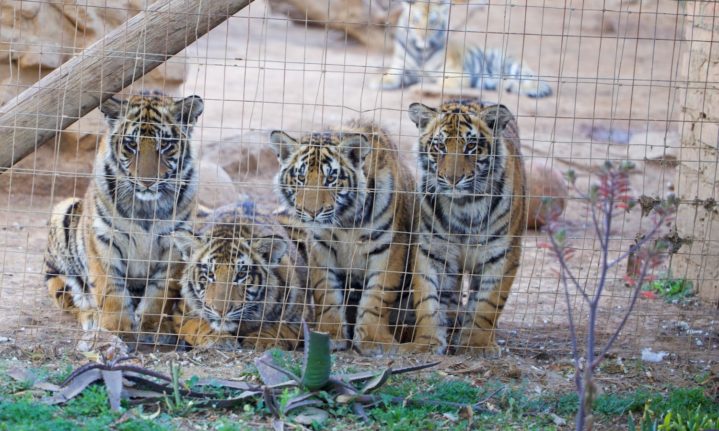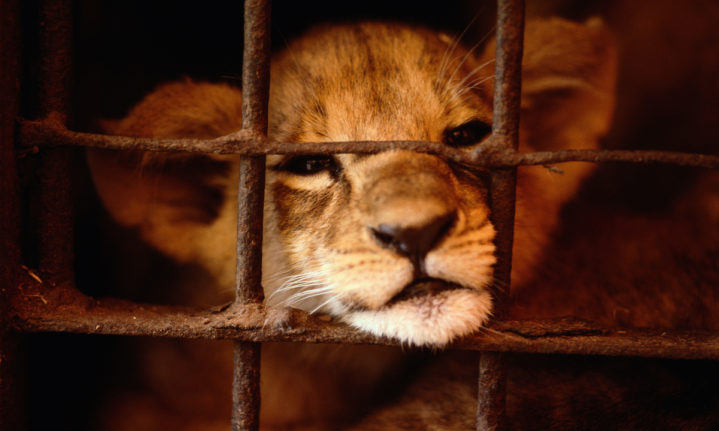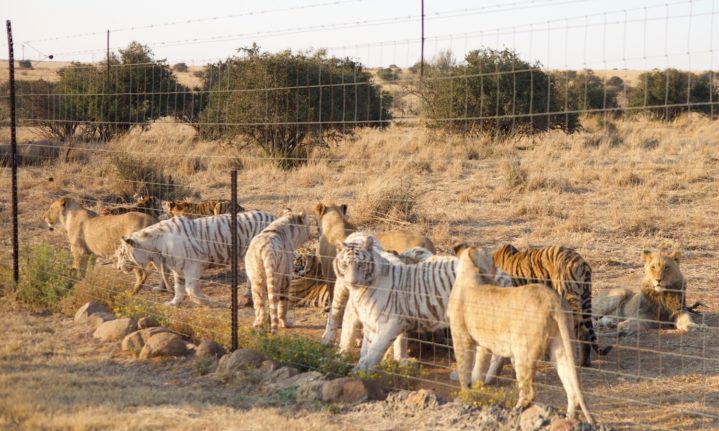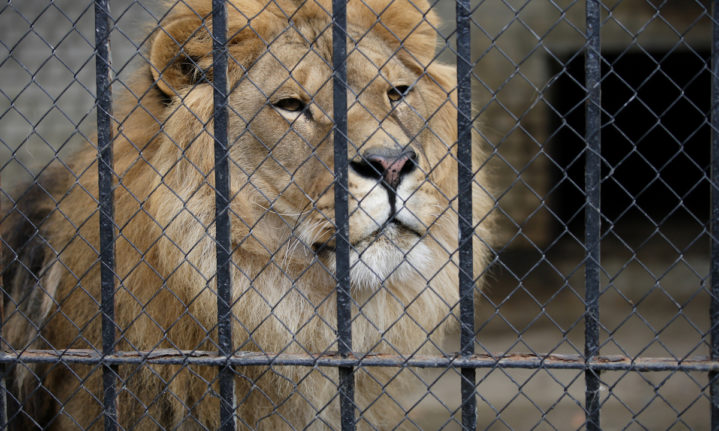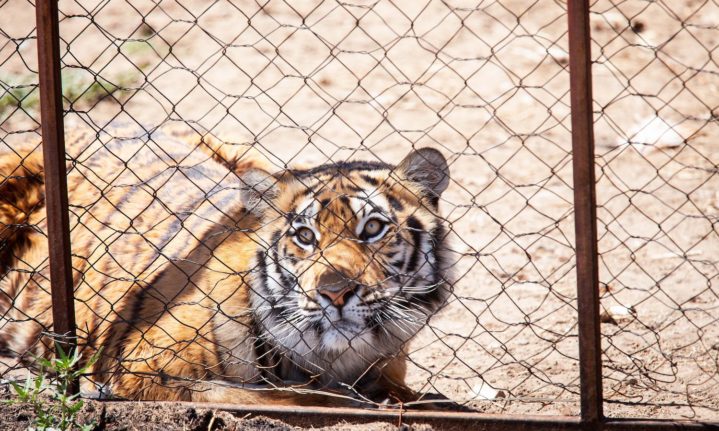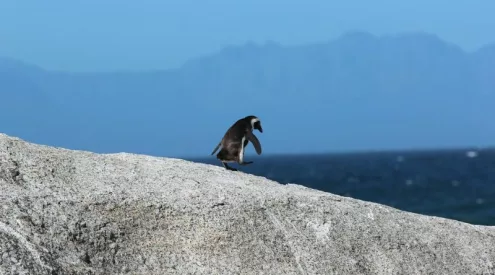Welcome to South Africa, the land of sunshine, mountains, wildlife reserves, and beaches. Oh, it’s also the world’s largest exporter of big cats and their parts.
Did you know that between 2008 and 2017, 1 895 live lions, 8 855 lion hunting trophies, and 6 634 lion skeletons were legally exported from South Africa? In the same breath, Four Paws shared that between 2011 and 2020, 452 live tigers and their parts were also legally exported.
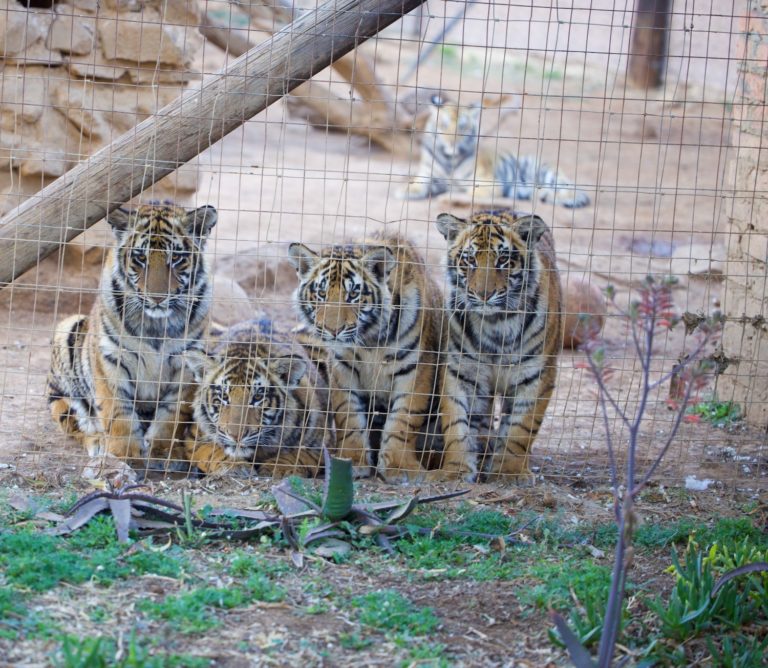
South Africa’s big cat trade
The story of Sheba the tiger and the second tiger escapee was a dim spotlight on the gigantic trade that’s taking place throughout the country and, in some cases, our neighbour’s backyard.
When asked for a comment, Press Officer at FOUR PAWS, Eliza Parker said that ‘the recent incidences… demonstrate the accessibility of big cats kept as pets in South Africa.
‘We see the private keeping [of big cats] almost as a byproduct of the industry that has proliferated across the country.’
READ: Sheba the tiger has been found, shot and killed
The Department of Forestry, Fisheries and Environment (DFFE) has 366 registered captive big cat facilities, with 7 979 captive lions. However, through an immense amount of research, the Blood Lions organisation believes that the captive lion population exceeds 12 000. In comparison, South Africa has about 3 000 wild lions that are doing quite well.
In the early 1990s, the Convention on International Trade in Environment Species (CITES), an international agreement between governments, agreed that captive breeding would be allowed to ensure the safety of wild big cats. The captive breeder need only register and get a permit. By 1999, South Africa had as many as 1 000 captive lions.
The life cycle of the captive big cat
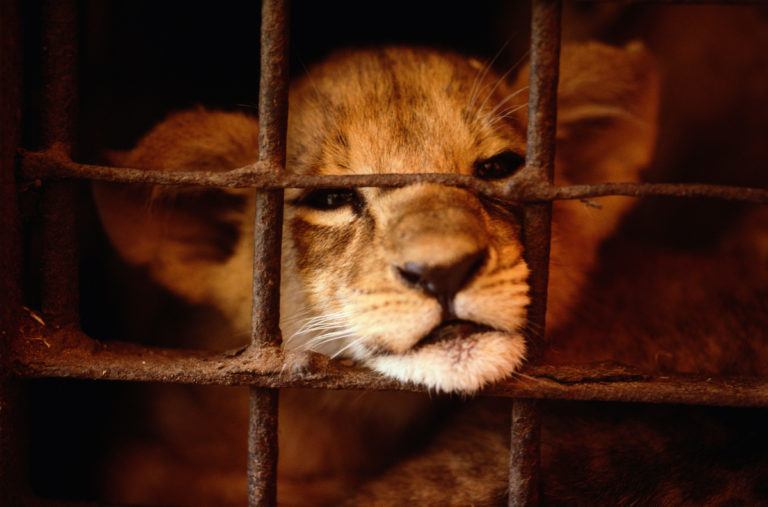
Picture: GettyImages
The captive lion’s life story, along with tigers, leopards, cheetahs, and even jaguars, includes being removed from their mother a few days after birth. This puts the mother back into oestrous sooner than a wild lion, allowing her to breed up to four times more litters.
The cubs are placed in petting enclosures under the premise of being ‘abandoned at birth’ where tourists can take pictures of ‘cub cuddles’ and voluntourists can bottle-feed and hand-rear the cubs.
When the cubs grow a little bigger, they are sent to interactive facilities where tourists can ‘walk with lions,’ or they are sent to the film and advertising field.
Older cats join the canned hunting industry, where hunters are assured a kill. Blood Lion explains how ‘ethical hunting organisations around the world have condemned such practices of ‘canned’ or captive hunting due to the lack of ‘fair chase.’’ Canned hunting is provincially regulated, making North West the most attractive canned hunting destination. They have the shortest release period of 96 hours (when the captive animal is released into the wild to be hunted).
With the rise in demand for big cat bones, came an increase in big cat bone suppliers. Although it is legal to export big cat parts and their derivatives as a by-product of them being hunted, it is illegal to breed cats exclusively for their bones. Unfortunately, there is no way to enforce these rules, and between 2011 and 2020, FOUR PAWS estimates that about 27 400 live lions and their parts were exported, primarily to Asian countries. Tiger and lion parts are highly sought after for medicinal purposes and luxury items, as well as supplying live big cats for captive breeding facilities in other parts of the world.
What is being done
When asked for a comment, Dr Stepanie Klarmann from Blood Lion said that ‘South Africa has made some progress over the last three years, and we remain hopeful that the captive breeding industry will be phased out in the near future.’
‘As it stands currently, captive predator breeding, interactive tourism with captive predators, the live trade in captive-bred lions, and even canned hunting are still legal activities sanctioned by the national and provincial authorities who issue permits for these activities.’
In 2022 the DFFE drafted a new conservation White Paper ‘to review policies, practices, and regulations related to the hunting, trade and captive keeping of several wild animal species including lions and leopards.’ Blood Lion shared that a revised version was released in November, significantly condensing and removing intrinsic environmental values, ‘creating a major step backward in terms of animal well-being.’ They believe that the White Paper is currently going through Cabinet and will be released imminently.
READ: New Conservation White Paper next step to end canned hunting
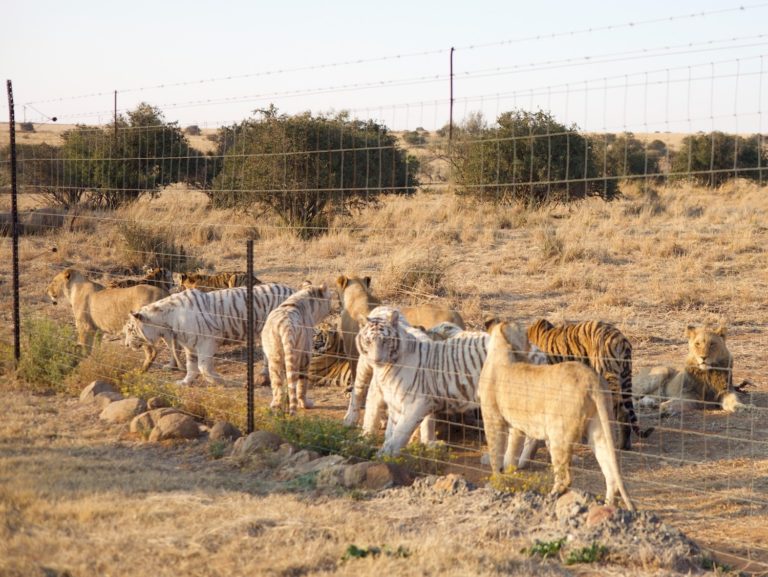
Eliza Parker shared that FOUR PAWS ‘would like SA to include all big cats, particularly Asian big cat species, in the proposed phase-out of the captive lion breeding industry.
‘We have submitted such a recommendation to the Department of Forestry, Fisheries and the Environment when called upon for comment on the First and Second Draft of the White Paper on the Conservation and Sustainable Use of South Africa’s Biodiversity in September and November last year. In the proposed legislation only the management of lions as a South African iconic species was included.’
The South African ‘captive lion breeding industry has grown so large, and tigers are kept in the same facilities. This industry is responsible for fuelling the keeping of big cats as pets in SA.’
In December 2022, DFFE minister, Barbara Creecy appointed a Ministerial Task Team to ‘assist captive lion breeders with voluntary strategies to exit their field’ which is reported to continue until 31 June 2023. This plan, however, still does not include the Asian big cat species.
READ: Team of experts appointed to help captive lion breeders end the trade
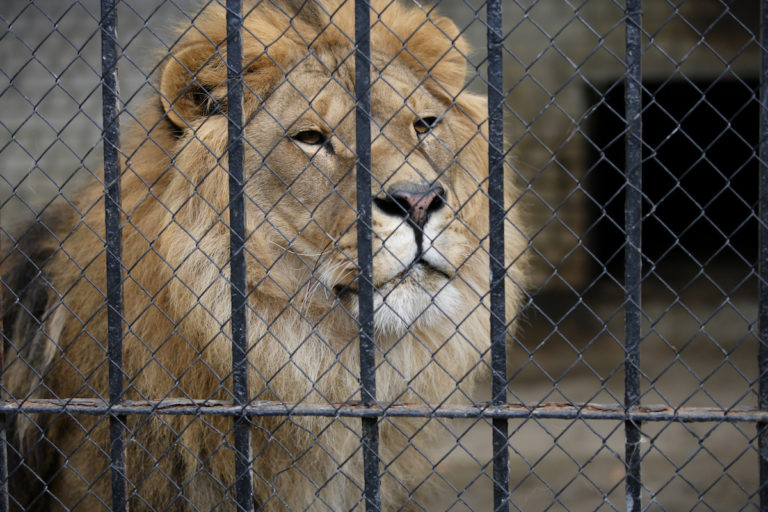
Picture: GettyImages
What needs to be done
Wildlife researchers, Neil D’cruz and Angie Elwin suggest that South Africa makes a public commitment to ‘end the commercial captive breeding, keeping, hunting and international trade in tigers and their body parts.’ This should also be said of other captive big cats in the country.
Blood Lion’s research suggests that management issues within national and provincial bodies need attention and resources to responsibly and successfully transition away from captive big cat breeding and trade.
‘A comprehensive, well-managed plan will be required to ensure a responsible transition away from the current industry. This should include regular audits, inspections by the relevant authorities, and proper record-keeping.’
In stride with FOUR PAWS, the public is advised to oppose interactions with big cats, including petting, posing for photos, or walking with big cats. A true sanctuary provides ‘large space to roam, a high-quality diet of meat and nutrition supplements, fresh water, access to veterinary practices, and absence of overcrowding.’
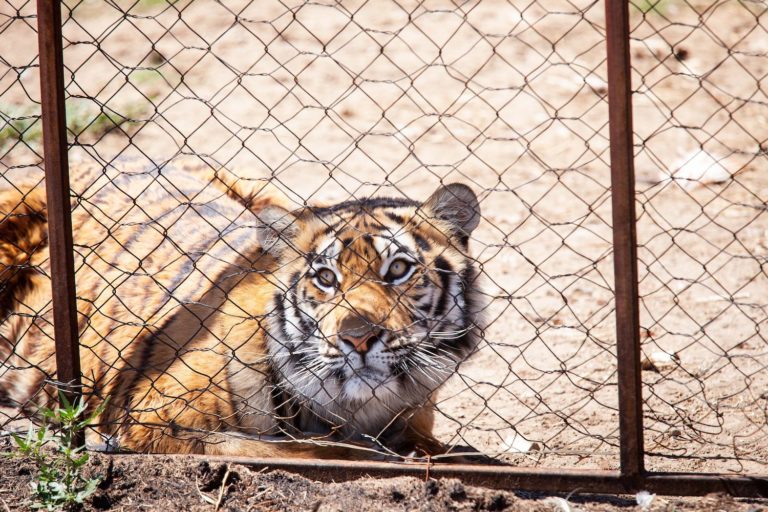
Bloemfontein, South Africa | A tiger kept in a small cage at a South African lion farm where 30 lions were euthanized after being burned in a fire.
Pictures: FOUR PAWS
ALSO READ: Sheba the tiger has been found, shot and killed
Follow us on social media for more travel news, inspiration, and guides. You can also tag us to be featured.
TikTok | Instagram | Facebook | Twitter









